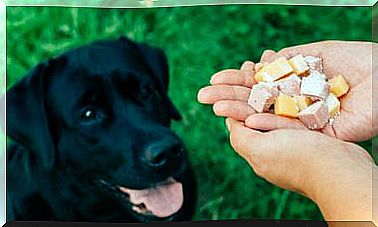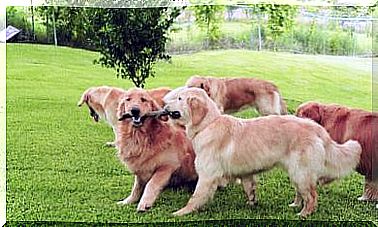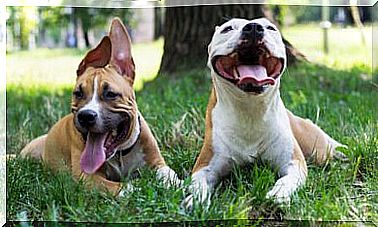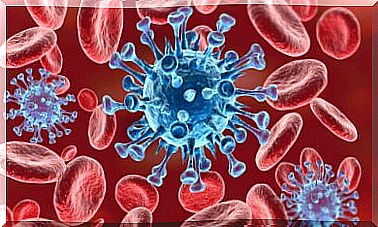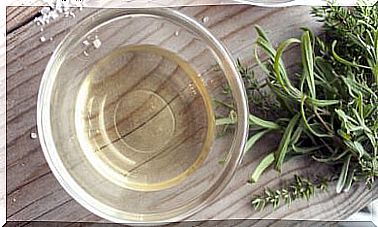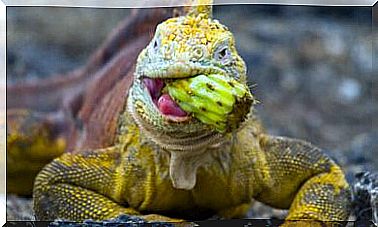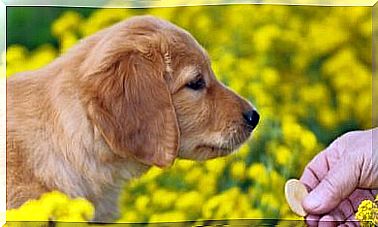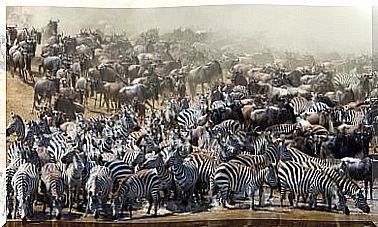What To Feed Your Dog In Summer
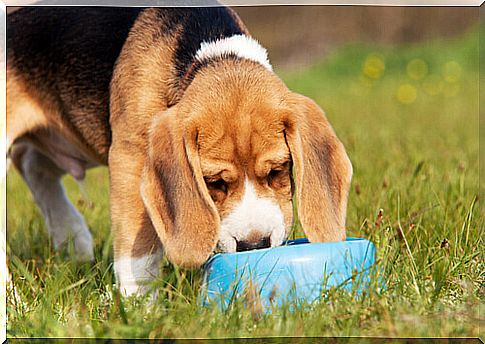
Although our pets need a balanced diet throughout the year, it is essential to redouble attention with the arrival of summer. In excessive heat, it is natural for our best friends to reduce their appetite and be more thirsty than hungry. The information is always very convenient, and it is essential to know what to feed your dog in summer to reinforce its hydration and maintain good nutrition.
Next, we will analyze why dogs tend to change their eating habits on warmer days. In addition, we offer some tips to provide a complete and refreshing diet for your dog in summer.
Is it normal for your dog to eat less in summer?
When high temperatures arrive, the organism of our furry animals shows specific nutritional requirements. Consequently, your eating habits must also change to meet these new organic needs.
If it’s very hot, your dog will most likely want to drink a lot of water and eat less food. This helps them cool off and reduce the feeling of heaviness, which is very common in summer.
Since dogs only have sweat glands on their pads, they cannot perspire all over their skin. For this reason, in summer dogs tend to pant all the time to help regulate their body temperature.
The intensity and availability of light in summer also influence your best friend’s appetite. It has been observed that mammals tend to naturally reduce their food intake when there are more hours of sunshine in the day.
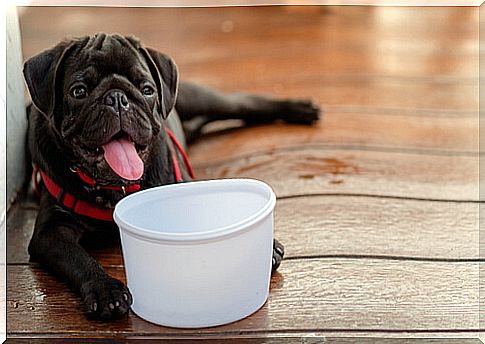
It is estimated that the brain of our animals associates the decrease in luminosity with the arrival of winter. When there is less light, your little brain ‘commands’ the endocrine system to speed up metabolism, to store food and prepare for winter shortages.
On the contrary, if there is a great availability of light and food is abundant, the metabolism assumes a calmer rhythm. By moving less and behaving more calmly, your body requires fewer calories.
What should you feed your dog in summer?
During the summer, it is highly recommended that your dog eat a lighter diet more widely. However, you must avoid making radical or sudden changes in your diet. This could cause negative symptoms such as diarrhea and vomiting, as well as a natural initial rejection of the new food.
Ideally, divide the total amount of food into small portions. In this way, our pet will eat regularly and will not have the feeling of heaviness from eating too much food. In addition, by not overloading your stomach in one go, the digestion process is facilitated and intestinal transit improves.
If your dog does not show interest in eating his dry food in summer, an excellent option is to prepare a homemade wet food. We can also temper the dry feed itself with chicken broth or hot water, to soften it and form a porridge.
In addition, we can supplement your usual diet by incorporating fruits and vegetables as refreshing and healthy treats. In this sense, it must be remembered that it is important to offer these foods in moderation, as they contain many sugars and fibers that can cause diarrhea.
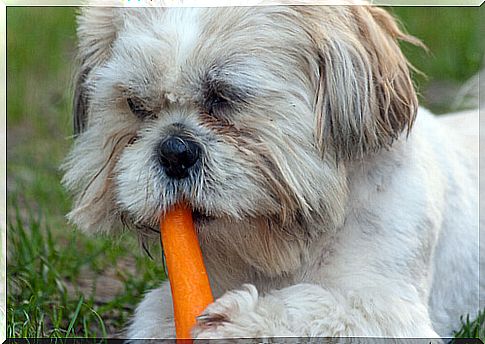
Water, most necessary during the summer
With excessive heat, the body of dogs usually loses a good amount of fluids and electrolytes. For this reason, the animal needs to drink water or other healthy drinks, to stay well hydrated and regain the balance of its body.
When our best friend does not drink enough water in the summer, it can cause a low metabolic rate. Consequently, symptoms such as fatigue or lethargy, low blood pressure, dizziness and even fainting appear. If intake continues to be deficient, the animal may become dehydrated.
On the other hand, your dog’s kidney functions can also be severely impaired by poor fluid intake. As kidney damage progresses, the risk of failure increases.
In addition to leaving fresh and clean water at your disposal in the drinker, we can also stimulate your curiosity and appetite with smoothies and juices with fruits and vegetables. The most important thing is that these preparations contain a high percentage of liquids, and beneficial ingredients for the health of your best friend.
Lastly, we must always remember that the guidance of a veterinarian is crucial to offer excellent nutrition to our pets. Before adding any new food to your diet or changing your schedules, remember to consult a professional you trust.

